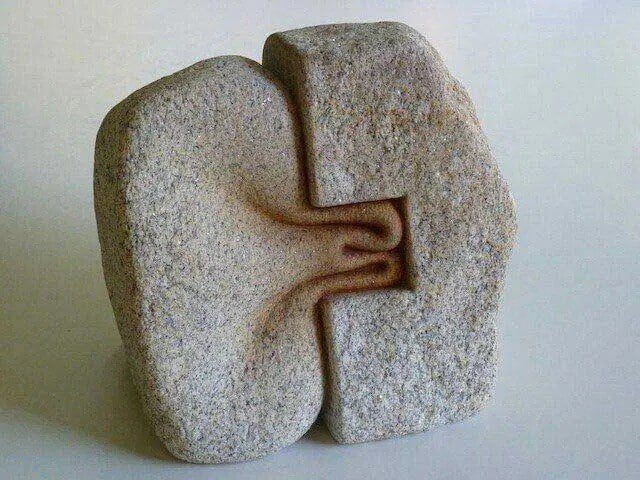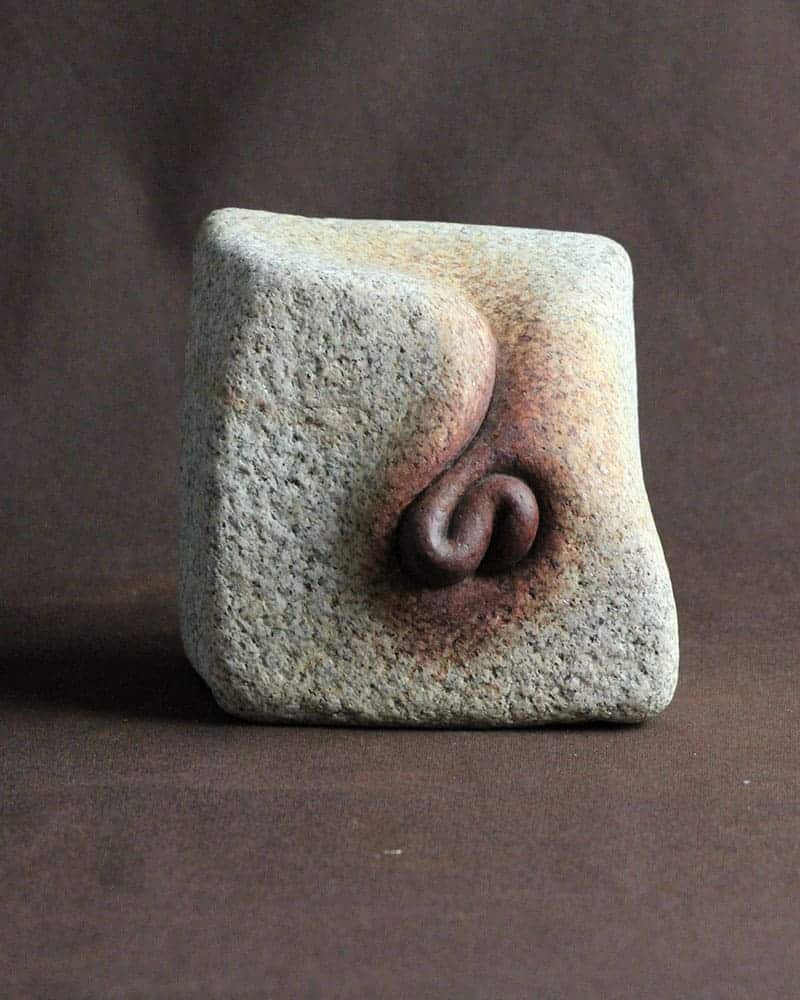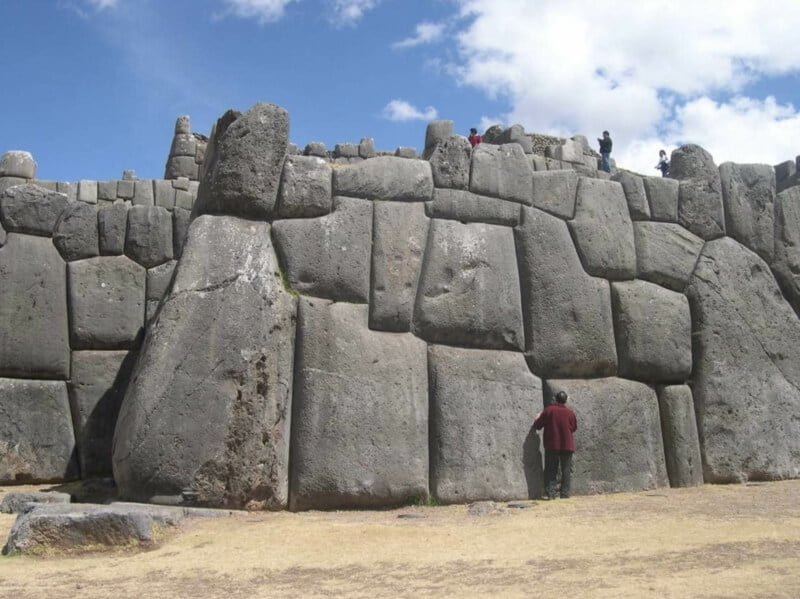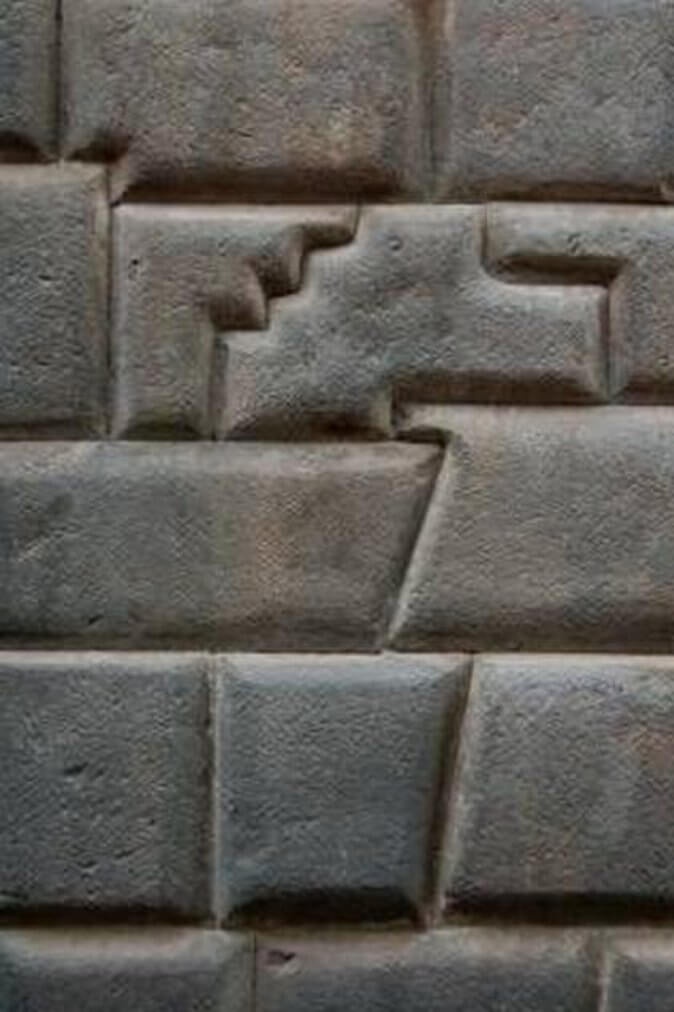
Could Ancient Peruvians Really Know How To Melt Stone Blocks?
Is it possible that ancient Peruvians had knowledge of a mysterious advanced old technology capable of liquefying stones?
By: N. Hale | Ancient Mysteries
If a Spanish artisan can carve a stone to appear like this in today’s world, why couldn’t the ancient Peruvians? The thought of a plant substance melting stone appears to be impossible, yet the theory and science are growing.

Scientists and archaeologists are attempting to determine how such strange ancient Peruvian constructions as the Sacsahuamán Complex were constructed. These amazing buildings are made of massive stones that our contemporary gear cannot move or arrange appropriately.
Is the solution to the riddle a specific plant that allowed ancient Peruvians to soften the stone, or were they familiar with mysterious advanced old technology that could liquefy stones?
The stone walls at Cuzco exhibit traces of being heated to a high temperature and vitrified the outside was glassy – and exceedingly smooth, according to investigators Jan Peter de Jong, Christopher Jordan, and Jesus Gamarra.
An artist in Spain may produce works of art that appear to have been formed by softening the stone and creating a gorgeous piece from it. They appear to be completely mind-boggling. I was about to say mind-blowing, but I didn’t.
Based on this observation, Jong, Jordan, and Gamarra draw the conclusion that “some sort of high tech device was used to melt stone blocks which were then placed and allowed to cool next to hard, jigsaw-polygonal blocks that were already in place. The new stone would remain fixed against these stones in near-perfect precision but would be its own separate block of granite that would then have more blocks fitted into place around it and “melted” into their interlocking positions in the wall”.
Melted Stairs At Hathor Temple: What Would Have Happened In The Past?
“In this theory, there would still be power saws and drills that would cut and shape the blocks as the walls were assembled,” David Hatcher Childress wrote in his book Ancient Technology In Peru and Bolivia.
According to Jong and Jordan, various ancient civilizations throughout the world were familiar with high-tech stone melting technologies. They also say that “the stones on some of the ancient streets in Cuzco have been vitrified by some high temperature to give them their characteristic glassy texture”.

According to Jordon, de Jong, and Gamarra, “the temperatures must reach 1,100 degrees Celsius, and other ancient sites near Cuzco, notably Sacsayhuaman and Qenko, have shown symptoms of vitrification.” There is also evidence that the ancient Peruvians had access to a plant whose fluids softened rock, allowing it to be fashioned into tight-fitting masonry.
Colonel Fawcett described in his book Exploration Fawcett how he had heard that the stones were put together using a solvent that softened stone to the consistency of clay. Colonel Fawcett described how he had learned that the stones were held together by a liquid that softened the stone to the consistency of clay.
In the footnotes of his father’s book, Brian Fawcett relates the following story: A friend of his who worked at a mining site at 14,000 feet at Cerro di Pasco in Central Peru discovered a jar in an Incan or pre-Incan burial.
He opened the jar, mistaking it for chicha, an alcoholic beverage, and broke the still-intact antique wax seal. Later, the jar was pushed over and landed on a rock by mistake.
Fawcett said: “About ten minutes later I bent over the rock and stared blankly at the spilled liquid. It was no longer liquid; the whole spot where it was, and the rock beneath it, was as soft as wet cement! It was like the stone had melted like wax under the influence of heat”.
Fawcett seems to believe that the plant might be found near the Pyrene River’s Chuncho district, and he described it as having a reddish-brown leaf and standing around a foot tall.

Another account is given by a researcher who is studying a rare bird in the Amazon. He observed as she rubbed the rock with a twig to make a nest. The fluid from the twig melts the rock, creating a hole through which the bird may build its nest.
Some may find it difficult to believe that ancient Peruvians could have built amazing temples like Sacshuhuamán using plant juice. Modern archaeologists and scientists are baffled as to how such massive constructions in Peru and other areas of the world were built.
* * *
NEXT UP!
Magellan’s Strange Encounter With The 10-Foot Giants of Patagonia
IN 1520, FERDINAND Magellan took time out of his busy schedule of sailing around the world to stop in what is now Patagonia, where he found a naked giant dancing and singing on the shore. Magellan ordered one of his men to make contact (the unwitting emissary’s no doubt hilarious reaction to this sadly has been lost to history), and to be sure to reciprocate the dancing and singing to demonstrate friendship.
It worked. The man was able to lead the giant to a small island offshore, where the great captain waited. Describing the scene was a scholar along for the journey, Antonio Pigafetta, who kept a diary of the journey that was later turned into the book Magellan’s Voyage: A Narrative Account of the First Circumnavigation: “When he was before us, he began to marvel and to be afraid, and he raised one finger upward, believing that we came from heaven. And he was so tall that the tallest of us only came up to his waist,” and had a big, booming voice. The illustration above proves it—Patagonia was once inhabited by giants that positively dwarfed the heavenly Europeans that would come to conquer them.
Alright, maybe that isn’t airtight evidence. But it could well be that the people Magellan encountered, the Tehuelche, were indeed enormous, and that therefore this myth has some grounding in reality. And our trusty explorer would be damned if he wasn’t going to try to bring back evidence in pretty much the most obnoxious way you could imagine.
* * *
READ MORE: Discovery of The Ancient ‘City of Giants’ In Ethiopia Could Rewrite The Human History
Trending: The Mummified ‘Giant Finger’ of Egypt: Did Giants Really Once Roam On Earth?
Telegram: Stay connected and get the latest updates by following us on Telegram!
We’d love to hear from you! If you have a comment about this article or if you have a tip for a future Collective Spark Story please let us know below in the comment section.
